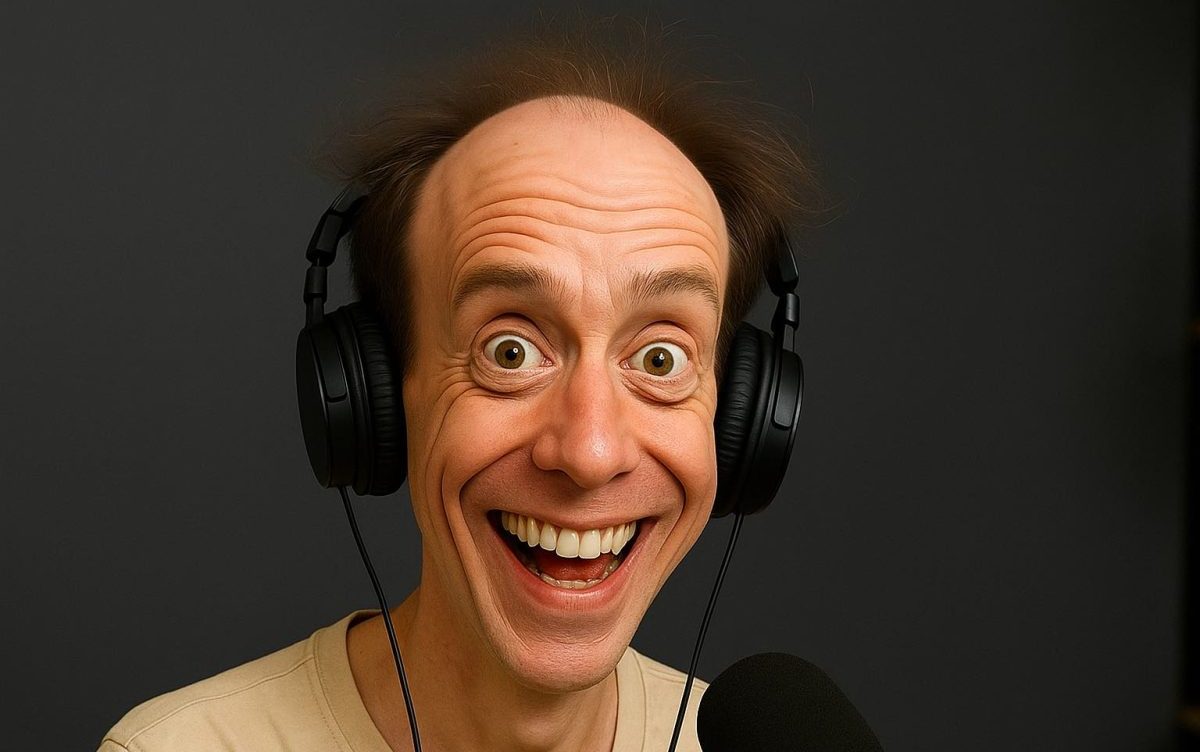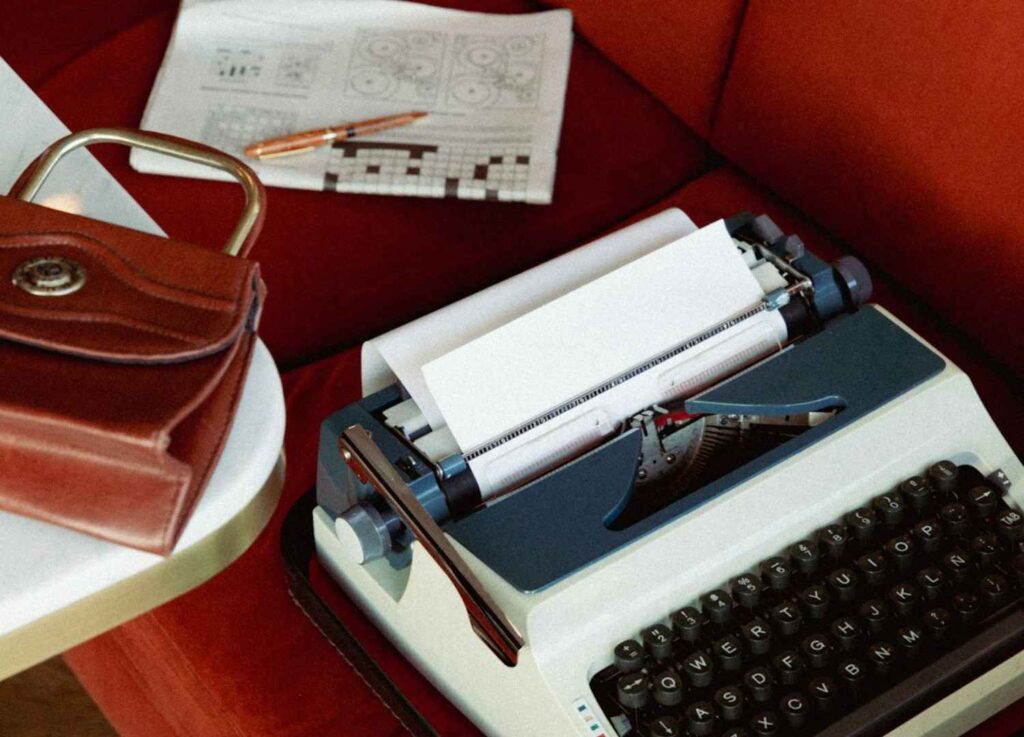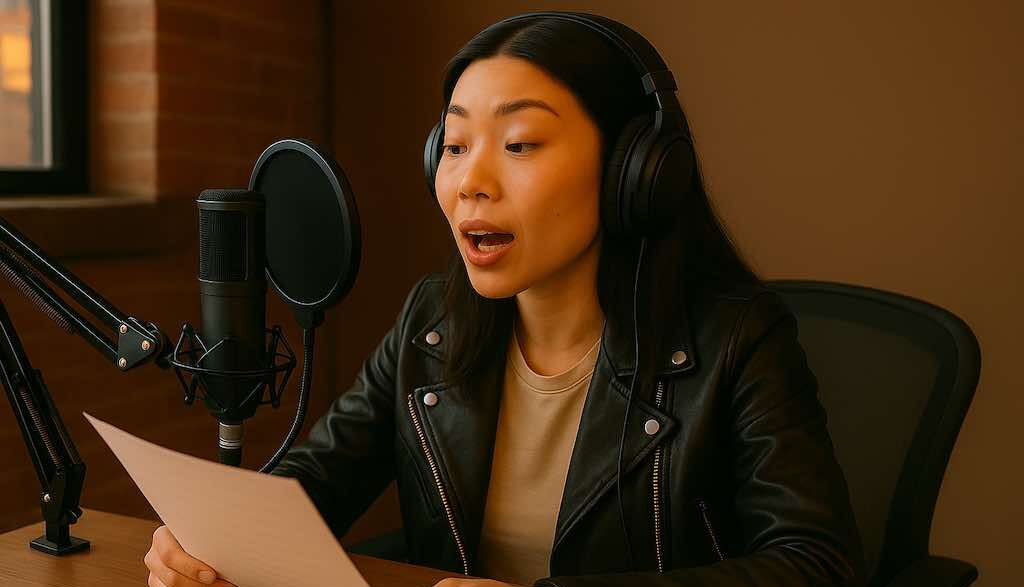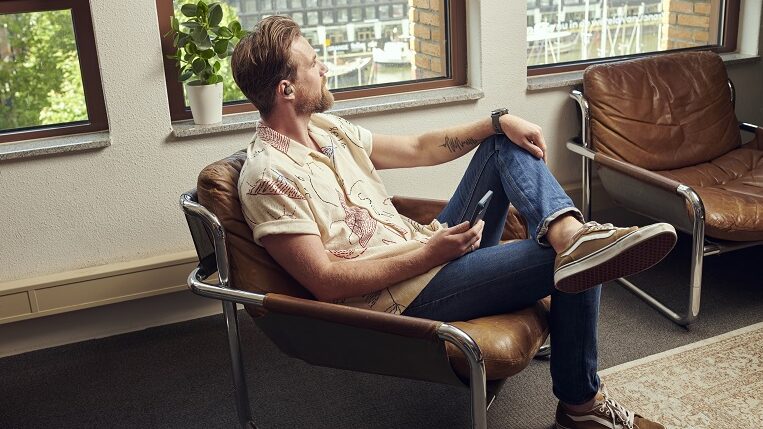Podcasts started as a purely audio medium. Perfect for listening on the go, in the car, or while working out. But the way people consume podcasts is changing. The numbers don’t lie: more than half of listeners (57%) now prefer watching to just listening.
Where does this shift come from? What does it mean for podcast creators? And how can you actually put this into practice?
Podcasting as a numbers game
Listener numbers. One way or another, most podcasts are judged by how many people tune in. And let’s be honest, most creators would rather play to a full stadium than an empty one.
The reality, though, is that building an audience isn’t easy. It takes consistent effort and attention. In that sense, podcasting isn’t all that different from radio or TV. The rule is simple: be present where your audience is.

The rise of the video podcast
Recent research shows that more than half of podcast listeners now prefer to watch rather than just listen. That means a big shift is happening toward video podcasts.
There are several reasons why. For one, YouTube has long been the world’s second biggest search engine, right after Google. These days, someone is more likely to discover your podcast there than through Apple Podcasts.
That makes YouTube no longer a “nice to have” for podcasters, but a must-have. It directly impacts visibility and growth.
And it’s not just people who like video, algorithms do too. On TikTok, Instagram, YouTube, and even LinkedIn, video gets priority.
You can clearly see this trend on social media: short video clips from podcasts are widely shared and watched, while audio-only clips are often skipped.
And don’t forget Spotify. They’ve also embraced video. You can now upload video podcasts to the platform, and you can bet their algorithm will start pushing video too.
Video builds stronger connections
You know the saying, “they have a face for radio”? But reality tells a different story. YouTube research shows that podcasts where the hosts are on camera perform better. Adding video doesn’t just expand your reach, it deepens audience engagement.
Why? Because video adds value: non-verbal communication, visualizing complex topics, and creating the feeling of being part of the conversation.
So yes, I still have a soft spot for “audio only.” But if the goal is to reach as many listeners as possible, that’s a view that belongs to the past.
Four reasons to add video
- Your reach skyrockets. Video gets shared, liked, and pushed.
- You’re easier to find. YouTube has become one of the biggest podcast platforms.
- Your brand comes alive. A face says more than a thousand words. Literally.
- Short content runs on video, not audio. Period.
Side note:
A podcast can be the foundation of your entire content strategy. With audio transcripts alone, you could already create social posts, blogs, or whitepapers. Add video, and suddenly you can fuel nearly your whole content strategy. (More on that in a later blog.)
Challenges for creators
Of course, adding video sounds great but it also raises questions. Audio-only podcasts already come with technical hurdles. Add video, and you’re talking about cameras, lighting, editing. Not every creator has the time, energy, budget, or know-how to handle it all.
But it doesn’t have to be perfect. Some shows look like the hosts just stepped out of hair and makeup, with production budgets that scream from the screen. But often, authenticity matters more than polish.
Most big podcasts succeed with a solid, simple setup. The Joe Rogan Experience is the prime example. Let’s be real: his set looks more like an all-American basement than a slick TV studio.
A basic setup with good lighting and a decent camera will already take you far. Just remember, even that comes with extra work.
An hour of audio recording might only take up a few hundred MB. Video runs into gigabytes. And if something goes wrong, like bad sync or poor lighting, you’re looking at hours of delays to fix it.
DIY or done-for-you?
So the question is no longer if you should do video as a podcaster, but how.
For some, that means investing in their own gear. Others will prefer to use dedicated facilities. More and more podcast agencies are offering video studios, ready to use.
At Voicebooking, with our SmartPodcasting label, we have two such studios.
- In Amsterdam, the studio can be customized with different sets.
- In Utrecht, we’ve gone a step further. Together with Flexwerk Community Spaces, we’ve opened a DIY studio. With just one push of a button, you can record a professional video podcast.
So, what’s next?
Like it or not, today’s podcast is something you don’t just hear — you see it too.
That leaves one question: does the word “podcast” even still cover?




